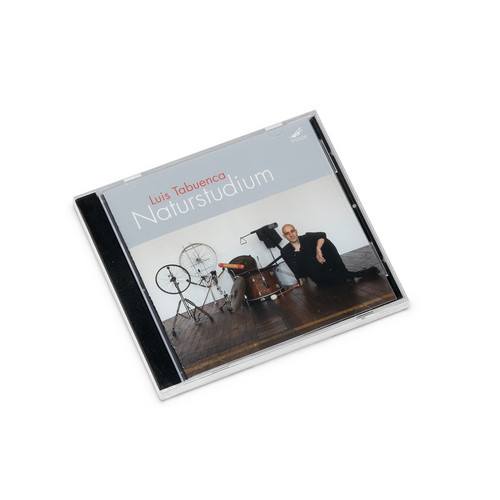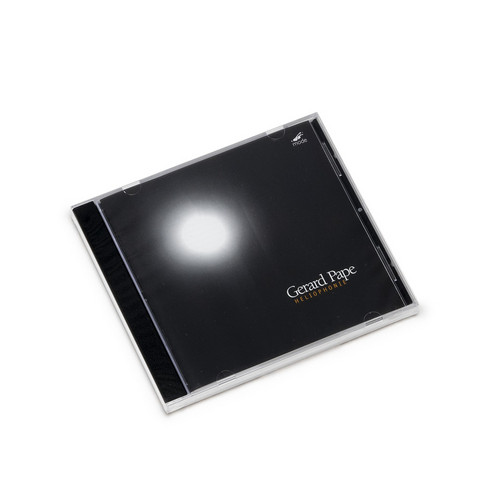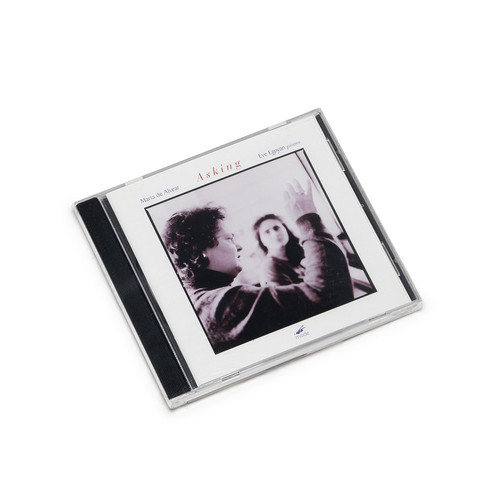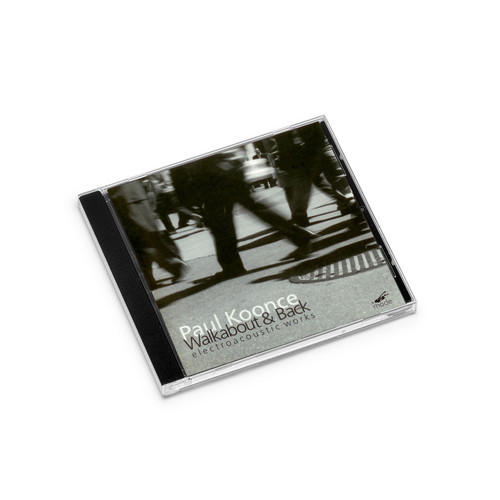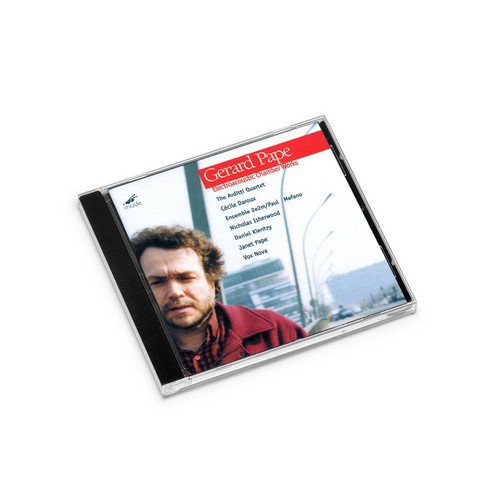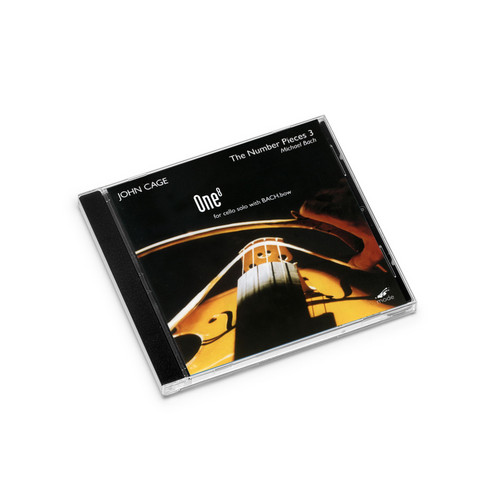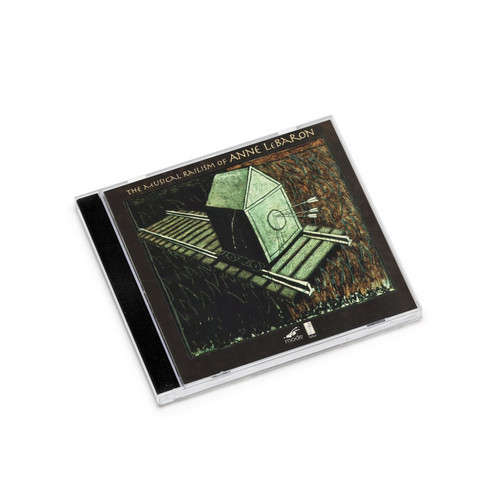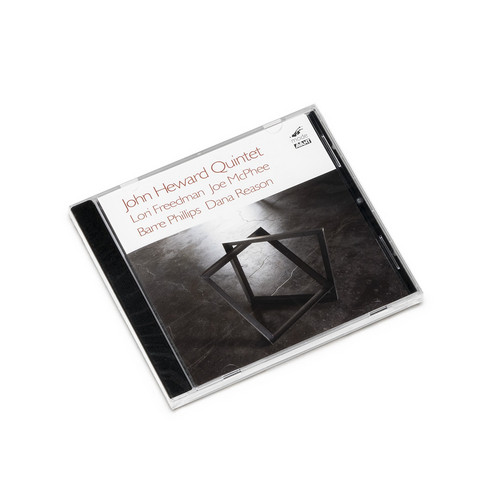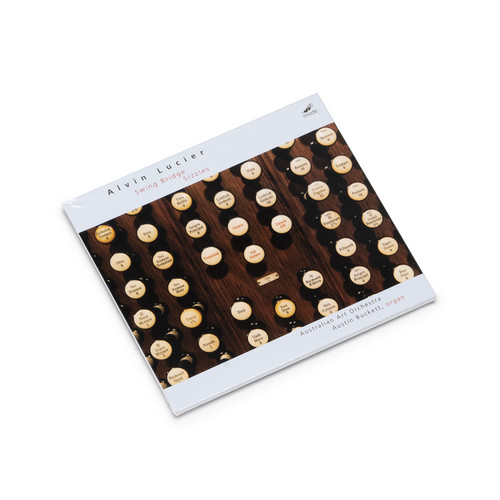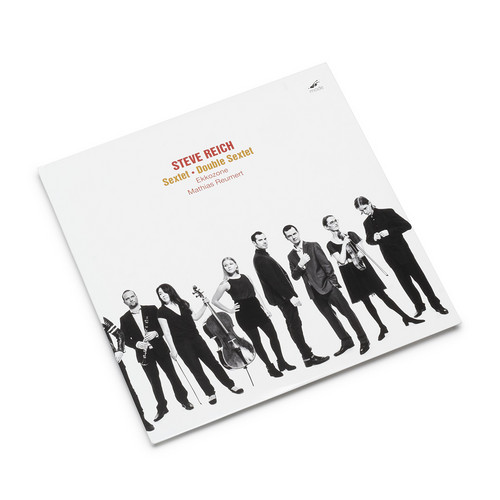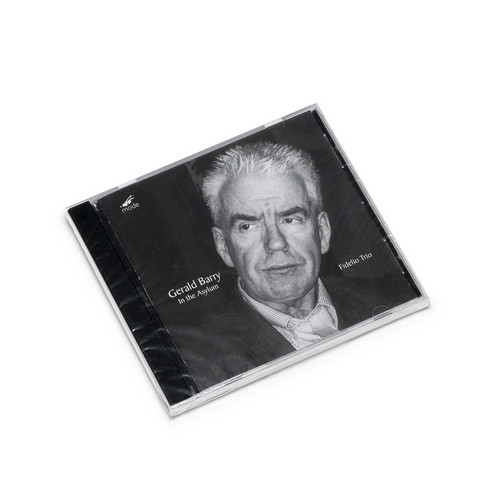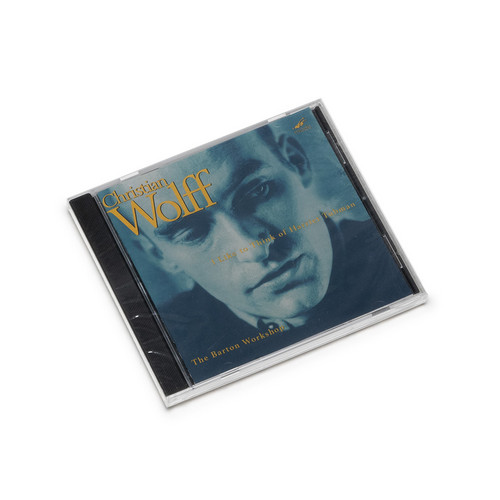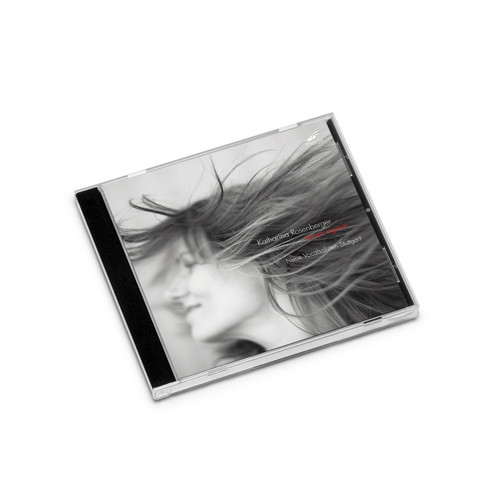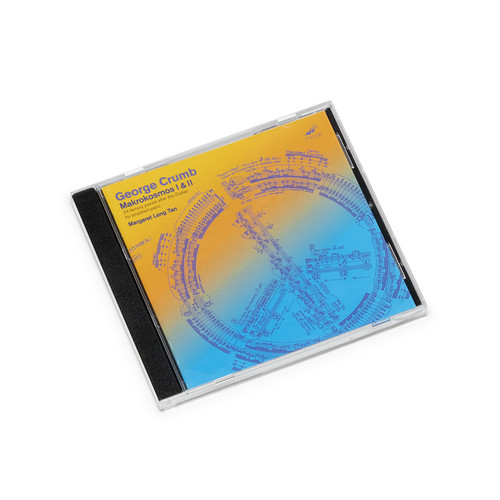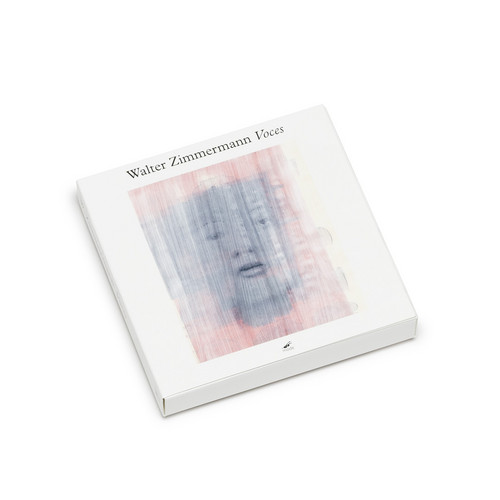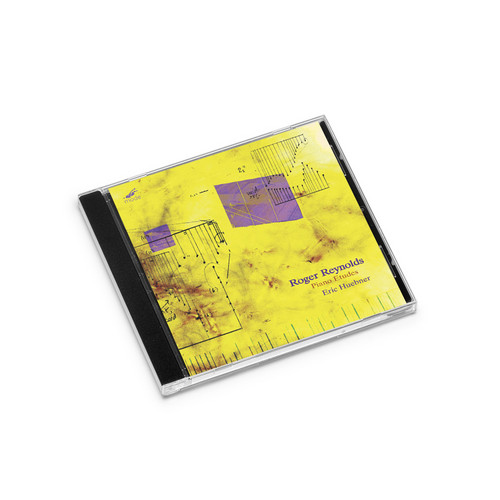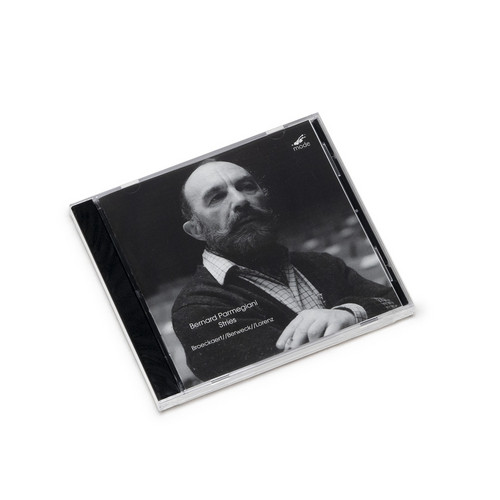★Mode
Actions – Remarks: John Cage’s Variations
John Cage’s Variations and the expansion of the score, sonic materials, space, and the environment. Book edited by Cat Hope and Lindsay Vickery, including CD recording of the 8 John Cage ‘Variations’ (1958–76), recorded by the Australian ensemble Decibel.
Beginner's Mind
* CD Edition * Over the years, the venerable New York based imprint, Mode Records, has operated to give Walter Zimmermann a solid platform, issuing both new work and reissuing lost classics. In 2019 the label reissued the entirety of the composer’s 1982 triple-album masterpiece “Lokale Musik”, including some newly recorded material, followed two years later with “Voces”, a lavishly packaged 3CD box focusing on Zimmermann’s vocal music from 1979-2016. Mode also reprinted the composer’s invaluable…
Feldman Edition 14: Complete Music for Cello & Piano
Huge Tip! This release brings together all of Morton Feldman’s compositions for cello and piano, including unpublished works and a first recording. Together, these works tell the story of Feldman’s music. They span 35 years — over half his lifetime — from when he was searching for his voice as a student to when he was opening new doors in the last years of his life. The album is bookended by two realizations the graphic score “Durations 2” (1960), giving an opportunity to hear what the flexibili…
Insula Dulcamara
Paul Klee’s Naturstudium (1923) recalibrated the dialogue between art-making and the natural world. By peering closely at nature, Klee’s project was one of a magical de-mystification, seemingly a contradiction in terms until you realize that by looking clearly and dispassionately (the studium part of Naturstudium), he brought us full circle to wonder and awe. Spanish percussionist Luis Tabuenca also peers inward at his world—here the universe of percussion sounds—inviting us to a microscopic lis…
Héliophonie
This is a binaural release, compatible with Stereo. This release gathers two electroacoustic works by Gerard Pape.
Asking
Asking is a large-scale work for piano solo that is a meditation and reflection on all of the meanings of the word “Asking”. Asking was specially composed for Eve Egoyan.
Walkabout & Back: Electroacoustic Works
It is refreshing to note that Mode Records gets into the endeavor of issuing new CDs with electroacoustic music. We have labels solely issuing this brand of music (which within its – artificial – borders harbor many different styles and idioms), like for instance INA (INA – GRM: Groupe de Recherches Musicales), empreintes DIGITALes and so forth, but I feel it important that the electroacoustic music – also including the electronic music in purer forms – is embraced by labels indulging in a more …
Electroacoustic Chamber Works
Composed between 1993-97, this second volume of works by Gerard Pape on Mode continues his richly darkly dramatic style with new compositional turns. Born in Brooklyn, now living in Paris, Pape is the director of the Atelier UPIC – an electronic music studio utilizing the unique UPIC computer developed by Iannis Xenakis – since 1991. While a resident of Ann Arbor, Michigan he ran Sinewave Studios, a state of the art New Music and Electronic Music studio and organized of the annual TWICE Festival…
The Number Pieces 3: One⁸
Cage’s One8 was composed for cellist Michael Bach, an artist who had a very important place in Cage’s late work. Its duration of 43’30” makes an oblique reference to Cage’s groundbreaking 4’33” (1952). It is constructed of 53 time brackets with single sounds to be played on 1, 2, 3, or 4 strings. These time brackets tell the player when to begin and end each section (each section often containing a single note). Durations, dynamics and bow positions are free. Allan Kozinn had this to say in The …
The Musical Railism Of Anne LeBaron
Anne LeBaron’s music us a mixture of elements and influences–a combination of modern compositional techniques with rock, blues and gospel. The many facets of her talent are showcased in The Musical Railism of Anne LeBaron.
The cornerstones of the CD are her two solo performances on harp: Dog-Gone Cat Act for extended techniques on prepared harp, and I Am An American…My Government Will Reward You, a blistering piece for harp, live electronics and tape dedicated to “those on foreign soil who suffe…
John Heward Quintet
*2023 stock* Playful reverence acts as the adhesive in this recording. The muse is filled with chromatic color and interlocking light and shadows. This release celebrates a life of music-making from John Heward and Barre Philips, both whom were eighty-years young at the time of this concert. Other members of the quintet include: Lori Freedman, Joe McPhee and Dana Reason. Positive and negative space is the organizing principle of this improvised concert. Heward, a well-respected Canadian musician…
Swing Bridge; Sizzles
This release brings together two works by Alvin Lucier centered on the pipe organ, a perfect instrument for Lucier’s compositional practice. Both are first recordings.“Swing Bridge” was commissioned by this record’s ensemble, the Australian Art Orchestra, for the Melbourne Town Hall Grand Organ. The score requires that specific pipes be removed from the organ and run into three specially constructed offset chests, each accommodating two pipes (six pitches total). These pipes are manipulated by t…
Sextet & Double Sextet
*Limited Edition of 500 copies. 2022 stock.* "This release couples two of Reich’s “sextets” for the first time: the Sextet of 1984 and the Pulitzer Prize winning Double Sextet of 2007. A striking difference between the two pieces is that the rhythmic world of Sextet mostly consists of a single-meter grooving, while Double Sextet works in the angular, off-kilter shifting meters reminiscent of Reich’s Tehillim (also of Stravinsky). Ekkozone impart a uniquely chamber music feel and color to these w…
In the Asylum
This album collects works for piano through piano quartet by Irish composer Gerald Barry. All, except for In the Asylum are first recordings.
I Like To Think Of Harriet Tubman
*2022 stock* 'A true Leninist would argue that art in a smoothly running socialist state would become redundant and disappear, though while waiting for such a perfect society to come about, we have an idea of what socialist literature, painting, sculpture and cinema are like. But what does socialist music sound like? Luigi Nono? Eisler? Robert Wyatt? The Ex? Well, all four. and you may add Christian Wolff to the list. Like fellow experimental composers Cornelius Cardew and Frederic Rzewski, Wolf…
Tempi Agitati
On April 6, 1327, a 22-year-old Italian poet named Francesco Petrarca caught a glimpse of a young woman, Laura, in a church in Avignon. He later reported that “living sparks issued from two lovely eyes”. Those sparks enflamed Petrarch such that he spent the rest of his illustrious career coming to terms with them. Madrigals were developed in the 16th century by Adrian Willaert and Cipriano de Rore, which took Petrarch’s agonized images as justification for violating the rules that had guided mus…
Makrokosmos
** 2022 remastered repress ** Pianist Margaret Leng-Tan - considered the leading exponent of “extended” piano techniques - is at her best with this music. George Crumb and Ms. Tan worked closely on the preparation of these works for the recording. Crumb’s Makrokosmos I & II were written to expand the world of color and sonic possibilities which a single piano and pianist could create. In addition to playing the keyboard, the pianist is required to strum and pluck the strings; apply glass tumbler…
Voces
Voces documents many of Walter Zimmermann’s compositions for voices from 1979–2016. The words set range from Meister Eckhart and Hadewijch to Lermontov, Mandelstam, Jabès, Tranströmer, Ingold and Robert Creeley (with his voice accompanying the musicians). Performers include: Claudia Barainsky, the musicians of the Merce Cunningham Dance Company (including David Tudor & Takehisha Kosugi), Tehila Nini Goldstein, KNM Ensemble, Meitar Ensemble, Neue Vocalsolisten Stuttgart, Peter Schöne / Jan Phili…
Roger Reynolds at 85, Vol II: Piano Etudes
Reynolds’ Etudes allows the performer to not only choose the number of Etudes to be presented (even repeating them, if desired) as well as their order. In this way, the performer becomes a co-creator with the composer. All 12 Etudes are presented in this recording by Eric Huebner. Each etude inhabits a world distinctly its own. Reynolds dares a remarkable leap from the first to the second book. Rather than merely continue the premises and promises established by the first six etudes, the second …
Stries
Bernard Parmegiani (1927–2013), the grand old man of French electroacoustic music, did not write much music for tape with live performers. Among them is “Stries” for the unusual combi- nation of three live synthesizer players and tape. Until recently, “Stries” had not been played live for some 30 years. This is the first complete recording, only part of it had been previously released on LP on the INA/GRM label. “Stries” was written for the three synthesizer players of the Paris- based electro…



